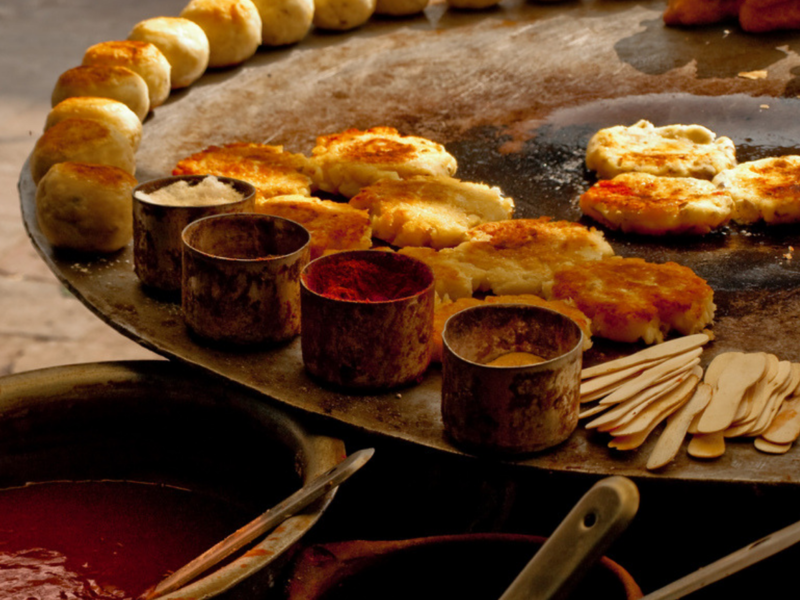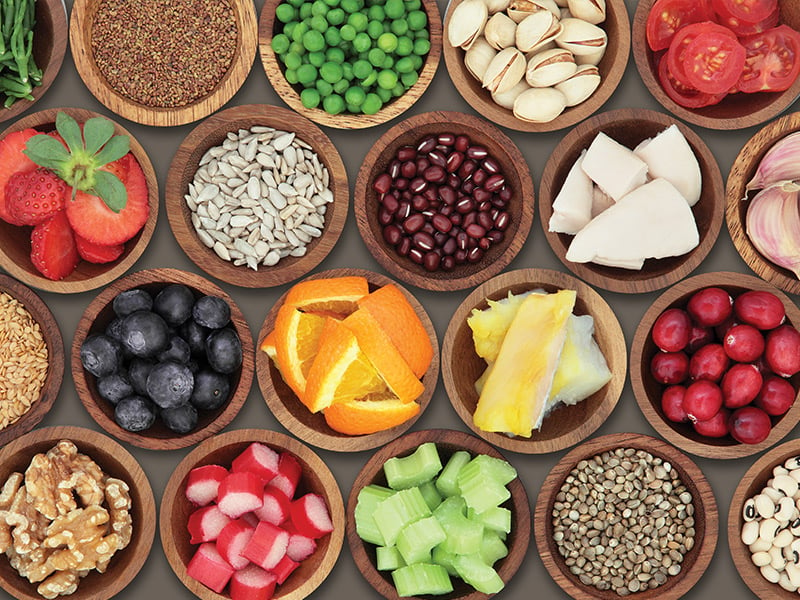Food photography has become an essential part of the culinary world, where a dish’s aesthetics have become just as important as its taste. The art of food photography has an enormous impact on the culinary industry, from restaurant menus to cookbooks, social media, and culinary blogs. Capturing the beauty of culinary art can be a challenging task, and that’s where food photography comes into play.

The primary goal of food photography is to showcase the dish in its best light, highlighting its textures, colors, and aesthetics. From a well-presented platter to an expertly crafted dessert, food photography can make any dish look tempting, alluring, and appetizing. It is a skill that many photographers seek to master, and it requires expertise in lighting, composition, and technical photography skills.
Lighting plays an essential role in producing excellent food photographs. Natural lighting is preferred, as it creates a balance between the dish’s colors, shadows, and highlights. It is recommended to shoot in diffused light, such as through a window, or with the use of a lightbox or reflectors. Artificial lighting can also be used in some situations, but it requires careful consideration of color temperature and positioning.
Composition is another vital aspect of food photography. A well-composed photograph can elevate the dish’s presentation, making it eye-catching and visually appealing. From choosing the right angle to incorporating props and backgrounds, every detail matters in food photography. The rule of thirds is a common composition technique used in photography, where the subject is placed according to intersecting lines dividing the frame into thirds.

Technical photography skills are also necessary in food photography, such as focus, depth of field, and exposure. A shallow depth of field can be used to highlight the dish’s main subject, such as an ingredient or garnish. The focus should be precise, capturing the dish’s details, textures, and patterns. Proper exposure is crucial in food photography, ensuring that the dish’s colors are true to life and accurately represented.
Food photography has become an increasingly popular niche, with many professional photographers specializing in this field. Many food bloggers and websites strive to showcase their dishes using high-quality photographs, and this has resulted in a demand for food photographers. With the rise of social media platforms like Instagram, food photography has become even more prevalent, with hashtags like #foodporn and #foodgasm generating millions of posts.
Food photography has revolutionized the way we see, perceive, and appreciate culinary art. It captures the beauty and essence of a dish, making it appealing, appetizing, and tempting. It requires expertise in lighting, composition, and technical photography skills, and it has become an essential part of the culinary industry. With the rise of food photography, we can expect to see more beautiful and mouth-watering images of our favorite dishes in the future.

